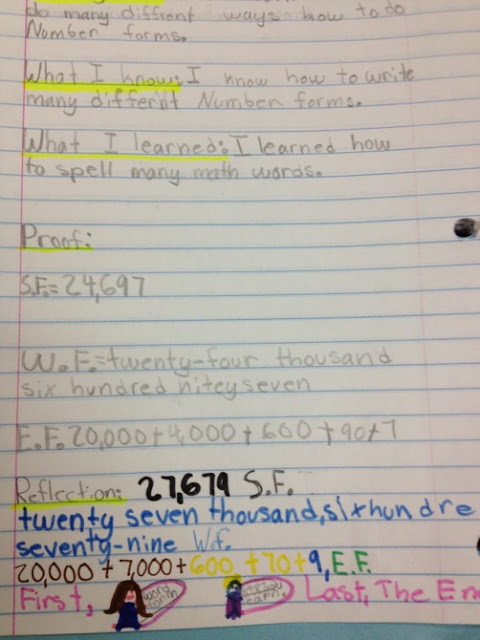Sir Ken Robinson,
“Bring on the Learning Revolution!” Response
Though
I cannot initiate a revolution from within my classroom walls, well, maybe I
can. Every day, as I greet each student with a smile, a handshake, and a “good
morning,” I remind my students and myself that today is a new and special day.
I look into those children’s eyes, and I see eyes that hold dreams, eyes that
are waiting, eyes that are trusting. Those children trust me to protect them,
to nourish their minds, to excite their spirits, and to take care with their
dreams.
As I listened to
the close of Sir Ken Robinson’s inspirational and touching TED talk, I found
myself immediately rewinding to listen to his last three lines again. And, then
I rewound and listened again. And again. “…every day, everywhere, our children
spread their dreams beneath our feet. And we should tread softly.”
I immediately
thought of my own toddler at home and her daily quests to explore. She is
fascinated by a bag of rice. She marvels at the squishy feel of a mandarin
orange. She scrutinizes the ridges on a bottle cap. She analyzes my every
motion and mimics without delay. She has no fear. She trusts me with her
dreams.
One day, my little girl will
take those dreams and walk into a classroom, greet her teacher, and trust her
teacher to protect and nourish those dreams. So, I thought about my students
and their dreams, about how I can protect or trample their dreams, and how
every day counts. Revolution starts with an individual, with a person’s soul
expanding outward into the world. It is true that our industrial model of
education can tend to alienate a person from their true selves, their true
talents. I would like to say that I foresee in the near future a world, or at
least an America, in which we can customize each person’s education. However,
in all honesty, I can’t see that. I do, in fact, see many obstacles to this
ideal- poverty, literacy, buy-in, to name a few. Though many believe home
schooling, flipped classrooms, or MOOCs (massive open online courses) to be the
answer, I’m not sure I see any solution other than, for now, an individual
passion.
My individual
passion is teaching gifted and talented students. My students have such amazing
potential, and so many passions. So, what I take from this video for my own
classroom is this: I need to do some work. I need to do the work of really
getting to know my students. What excites them? What are they passionate about?
What are their dreams? And then, I need to find ways (within the very rigid
structure of all of the exterior pressures I face as a public school teacher)
to allow those students’ passions and dreams to, at the very least, stay alive.
And, if those dreams stay alive, I need to help my students pursue the skills
necessary to go about living out those dreams and passions. It can be as simple
as recommending a book for a student to read that may further his knowledge. Or
it may be presenting a student with an independent study opportunity. It could
also mean seeking out another teacher or person whose expertise may be better
able to support that student’s needs. What I’m getting at is that I have power
to do something to nurture my students’ dreams.
So, why can’t the
revolution start with me? What if I reflect (as I am doing now), realize my own
(very powerful) power, and change (even if just a little bit)? That smile, that
hand shake, and that “good morning” will
remind me that today is a new and special day, because today, after all, is the
day that I will nourish dreams.




